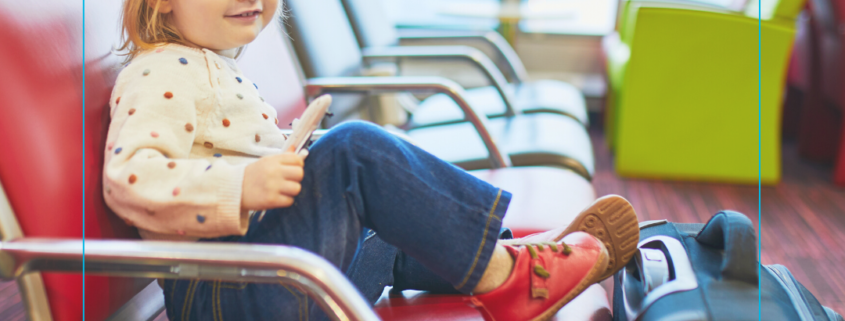Guide: Travelling with Toddlers
Have you ever taken a young child on a long-haul flight? If not, you might want to consider a couple of things beforehand. Maybe even just travelling a couple of time zones seems daunting… don’t worry we’re here to walk you through all of it.
What is circadian rhythm?
The circadian rhythm also referred to as the circadian cycle, is a natural process that regulates the daily sleep-wake cycle of your body. Keeping your child’s circadian rhythm as consistent as possible is important as it can lead to sleep problems going forward. Similar to when the clocks spring forward or fall back during daylight savings.
Let’s talk about some more practical travelling tips.
We all know how important it is to keep that sleep schedule strict for young children, right? Well, what should you do when it comes to shorter distance holidays (less than a couple of time zones or days)? It’s recommended that you keep your child’s day and bedtime schedules in their home time zone, or as close as possible to routine. If you plan to travel across more than 3 time zones, move your child’s sleep and wake times a little earlier.
An easy way to adjust these routines is by starting a week before travelling. Try moving sleep-wake times 15 minutes earlier every day or two. Shifting nap and meal schedules earlier as well. Don’t be afraid to wake your child up from nap time if it exceeds one hour, too much sleep can lead to reverting your routine shift preparation.
For long-haul or international travelling, you should try to adjust these routines to meet the time zone you will be going to. A couple of ways of doing this could be to wake them up earlier and to also have them do some daytime exercise. This stimulation can help reset their brain’s melatonin release.
What you can bring on holiday to help your child sleep:
- Their favourite cuddly toy or stuffed animal.
- The beloved white noise machine (a parent’s true best friend).
- Sheets from their bed back home to comfort the surroundings.
- Set the mood by dimming the lights about an hour before putting them to sleep.
- Turn those screens off, remove the visual stimulation.
- Late night meals and snacking is a no-no!
We hope this article helped put your travel fears into easy-flight mode and you’re feeling more confident taking your toddler with you for the next adventure.
And as always, safe travels!



